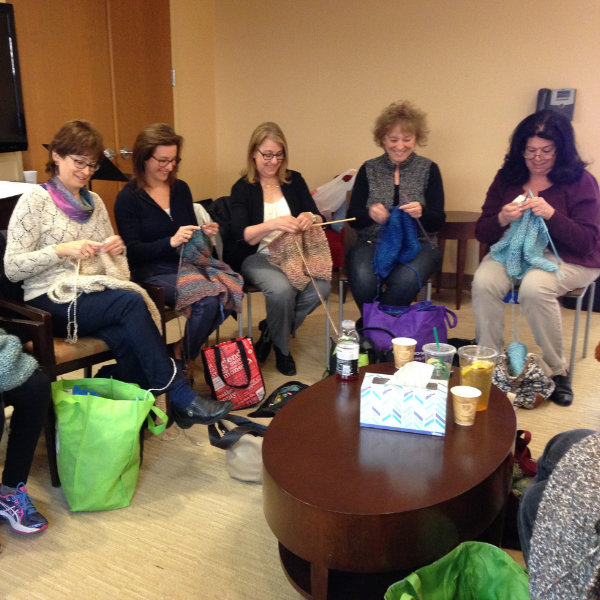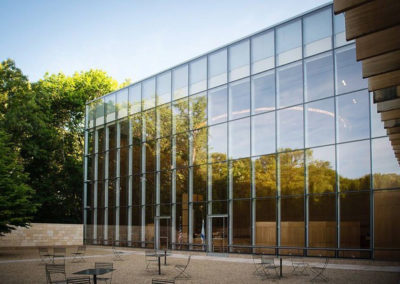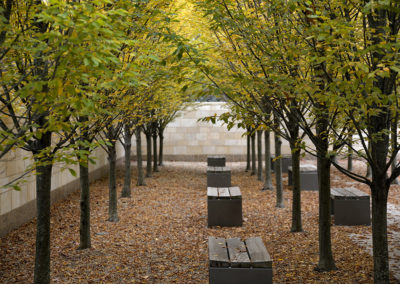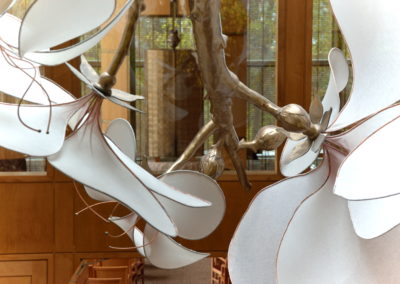Welcome | Our History & Building
Our Makom
How awesome is this place! This is none other than a Beit Elohim!
Transforming our building from stone and steel into a makom, a sacred space.
Ayekah—Where are you?
Ayekah, God asks Adam—where are you? This is the first question in Torah, setting Torah in motion.
Surely ayekah is not a question of physical location. Rather, it is a provocation to Adam and by extension, each of us, to take stock of our human condition. Nor is it a question that demands an immediate answer, for it isn’t until Abraham, generations later, that we begin to get a response: Hineni, I am here.
In 2010, the question of ayekah framed our work as we set out to build a new home. Each of us enters our building from different places, with different mindsets and diverse experiences. Now, we can also enter our building virtually. Wherever your physical location, our virtual makom expands our connection as kehilah kedoshah, a sacred community, enabling us to embrace Abraham’s response—Hineni, I am here—no matter where we are.
Explore our Makom
Our History
TBE began as a community who gathered in living rooms and prayed in borrowed chapels. Discover the history of our building.
Reading Our Makom
Much as you study a text for insight, meaning, stories and values, we wanted our building to serve as a text that would inspire our learning.
We wanted our building to reveal layers of meaning that would deepen our understanding of Torah and strengthen our connections to each other, the world, and our tradition.
This interactive makom experience imagines the Talmud as the framework for sharing the “text” of our building. On a traditional page of Talmud, you will find a core text surrounded by commentary from our scholars. Here, you will find photographs of spaces in our makom arranged to replicate the layout of the Talmud. Click on a photo to delve into that “page”: Learn about the values that inspired the space’s design and explore the artwork it contains. Our lives are our commentaries on the central text of our makom. Read our stories to see how we each add a layer of meaning.

















